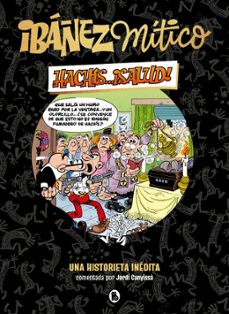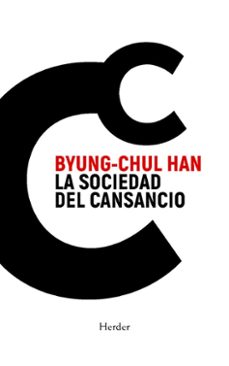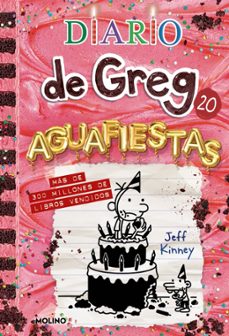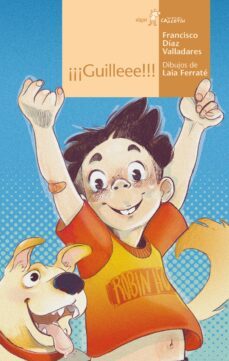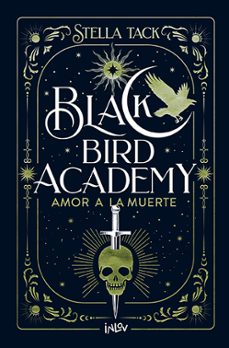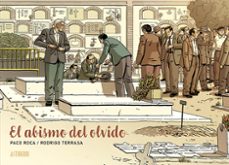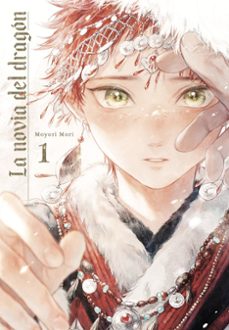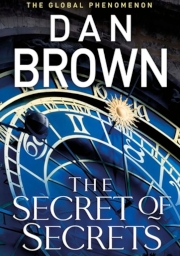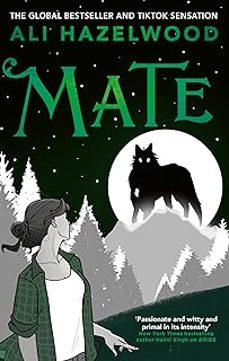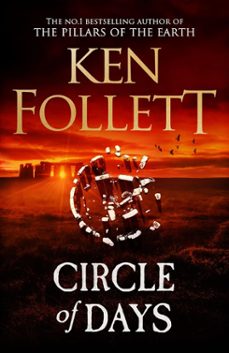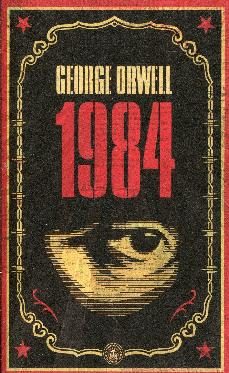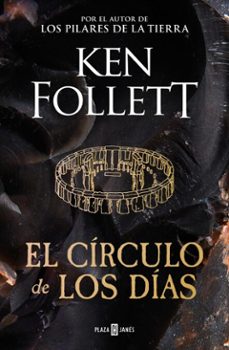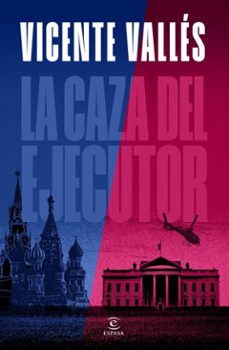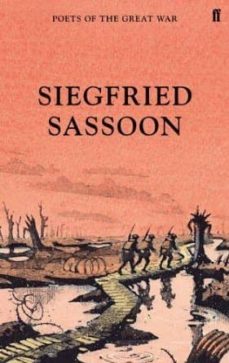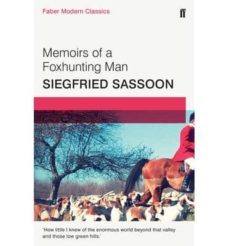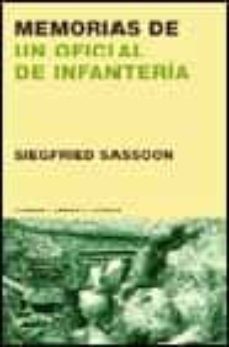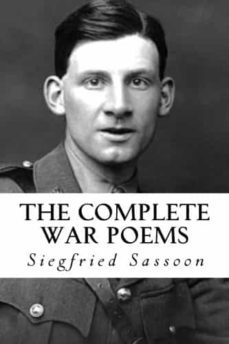Imprescindibles
Ficción
No Ficción
Ciencias y tecnología Biología Ciencias Ciencias naturales Divulgación científica Informática Ingeniería Matemáticas Medicina Salud y dietas Filología Biblioteconomía Estudios filológicos Estudios lingüísticos Estudios literarios Historia y crítica de la Literatura
Humanidades Autoayuda y espiritualidad Ciencias humanas Derecho Economía y Empresa Psicología y Pedagogía Filosofía Sociología Historia Arqueología Biografías Historia de España Historia Universal Historia por países
Infantil
Juvenil
Cómic y manga
Novela gráfica Novela gráfica americana Novela gráfica europea Novela gráfica de otros países Personajes, series y sagas Series y sagas Star Wars Superhéroes Cómics DC Cómics Marvel Cómics otros superhéroes Cómics Valiant
eBooks
Literatura Contemporánea Narrativa fantástica Novela de ciencia ficción Novela de terror Novela histórica Novela negra Novela romántica y erótica Juvenil Más de 13 años Más de 15 años Infantil eBooks infantiles
Humanidades Autoayuda y espiritualidad Ciencias humanas Economía y Empresa Psicología y Pedagogía Filosofía Historia Historia de España Historia Universal Arte Cine Música Historia del arte
Ciencia y tecnología Ciencias naturales Divulgación científica Medicina Salud y dietas Filología Estudios lingüísticos Estudios literarios Historia y crítica de la Literatura Estilo de vida Cocina Guías de viaje Ocio y deportes
Siegfried Sassoon
Recibe novedades de SIEGFRIED SASSOON directamente en tu email
Filtros
Del 1 al 6 de 6
FABER AND FABER 9780571314300
No poetry has touched readers' hearts more deeply than the soldier poets of the First World War. Published to commemorate the centenary of 1914, this stunning set of books, with specially commissioned covers by leading print makers, is an essential gathering of our most beloved war poets introduced by leading poets and biographers of our present day. 'In later years', Sir Rupert Hart-Davis writes in his Introduction, 'when Siegfried Sassoon had written much else in prose and verse, he was annoyed at always being referred to simply as a war poet, but it was the Great War that turned him into a poet of international fame, and I feel sure that his ghost will forgive me for thus bringing together these magnificently scarifying poems.' The poems are arranged as far as possible in the order of their composition, and the reader can compare them with the poet's movements by means of the Biographical Table which is included. Fourteen of the poems in this volume were published for the first time in the 1983 edition of this work. Sassoon's stature is now assured and recognised. This volume contains the poetry on which his reputation rests.
Ver más
Tapa dura
FABER AND FABER 9780571322831
George was born into a world of village cricket matches and fox-hunting, but his failing income and the onset of war threatens his way of life. A touching depiction of pre-First World War Britain, Memoirs of a Fox-Hunting Man is also a coming-of-age story which follows George from a shy and awkward childhood, through shiftless adolescence, to an officer just beginning to understand the horrors of trench warfare. Written after Siegfried Sassoon's return from the First World War but looking back at happier times,Memoirs of a Fox-Hunting Man was published anonymously in 1928. Already established as a poet, this was Sassoon's first attempt at fiction - and Faber & Faber's first bestseller.
Ver más
Tapa blanda
DESVELO EDICIONES 9788493753399
Contraataque es un conjunto de poemas, realistas, duros y desencantados, con los que Siegfried Sassoon, combatiente en la I Guerra Mundial, hizo trizas la mítica caballeresca de la guerra. Reflejo del batallar en las trincheras, Contraataque toma como material poético la sinrazón de la guerra, la vesania de los mandos militares, la fraternidad, el hogar perdido, la masacre de los camaradas, el amarillismo de la prensa y el deseo de paz por encima de todo. Sassoon igualó con su pluma la valentía que mostró en la batalla. Con la misma pasión que mostrara en el frente, Jack el Loco, como lo apodaban sus hombres, exhibe la galería de horrores bélicos con diversos tonos poéticos, desde el más descriptivo de "Contraataque" o "Alambreros", pasando por la ironía de "Qué importa" o los más épicos "La investidura" o "A cualquier oficial muerto".
Ver más
Tapa blanda
TURNER 9788475065625
Memorias de un oficial de infanteríase presenta como un detallado relato de la vida durante la gran guerra, especialmente en el frente francés. Su protagonista, George Sherston (álter ego de Sassoon), pasa de ser el soldado patriota y exaltado del principio del libro al furioso antibelicista que arroja su condecoración al río y realiza una protesta pública contra la continuación de la contienda. En el relato aparecen figuras famosas de la escena literaria inglesa de la época: el David Cromlech de estas páginas es en realidad Robert Graves; el editor pacifista Markington es John Middleton Murry, y el filósofo Tyrrell es Bertrand Russell. En Memorias de un oficial de infantería Siegfred Sassoon construye una poética de la Primera Guerra Mundial, al incorporar la percepción de un poeta al relato crudo y descarnado de la matanza en las trincheras.
Ver más
Tapa blanda
CREATESPACE 9781489573698
This volume publishes all Sassoon's war poems - including those he wrote before seeing action. As a body of work, Sassoon's poetry represents the anger, bitterness and compassion of an intelligent and brave man caught up in the horrific conditions of the trenches of the Western Front, and appalled at the lies and propaganda fed to the British public. This is essential reading for anyone interested in the First World War or, indeed, in any war because Sassoon's poems expose the pain and suffering of the ordinary soldier.
Ver más
Bolsillo
Del 1 al 6 de 6

